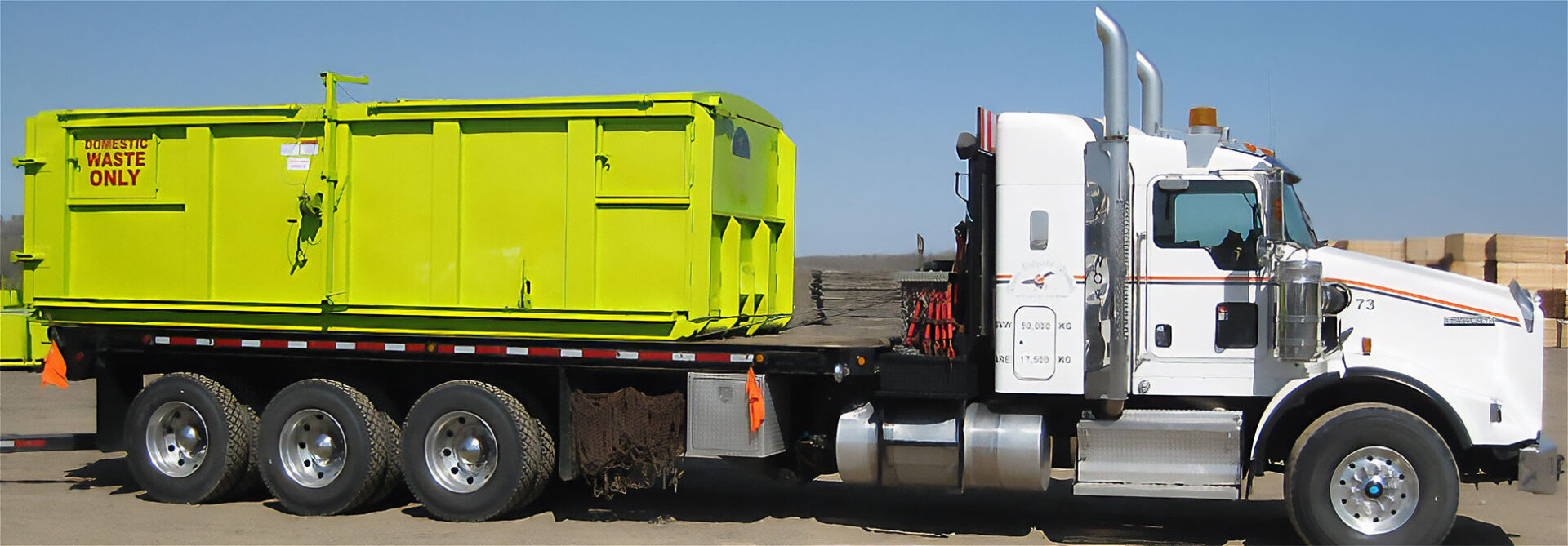All Regarding Oil Field Equipment and Pipeline Equipment: Key Insights and Necessary Details
Oil field equipment and pipeline systems play a critical role in the oil and gas market. They are vital for the effective removal and transport of hydrocarbons. Secret components, such as drilling rigs and storage tanks, directly impact functional success. Advancements in technology guarantee to improve security and performance. Recognizing these elements is crucial for any person involved in or thinking about this complex industry, as it establishes the phase for deeper expedition of market methods.

Overview of Oil Field Equipment
As the demand for oil remains to grow, recognizing the devices utilized in oil fields comes to be progressively vital. Oil field equipment includes a wide variety of machinery and tools vital for expedition, removal, and processing. Trick elements include drilling rigs, which are essential for reaching oil storage tanks, and production tools, such as separators and pumps, that facilitate the removal procedure. Superior Oilfield pipeline equipment rentals. Furthermore, tank play a substantial duty in holding unrefined oil before transportation. Security tools, including blowout preventers and pressure assesses, assures functional security and efficiency. Each tool functions cohesively to enhance production and preserve reliable process. Knowledge with this equipment is essential for specialists in the industry to guarantee successful operations and adherence to safety and security standards
Kinds Of Drilling Rigs and Their Applications
Drilling rigs act as the backbone of oil extraction operations, with numerous types made for particular geological problems and operational needs. The most typical types include rotating drilling rigs, which make use of a revolving drill bit to penetrate the earth, and cord device rigs, recognized for their percussion boring method. For offshore operations, jack-up rigs and semi-submersible rigs give security and assistance in marine settings. In addition, directional boring rigs allow drivers to pierce at angles, getting to down payments that are not up and down accessible. Each rig type has one-of-a-kind advantages, enhancing efficiency and safety based upon the exploration setting. Picking the ideal gear is important for making best use of resource extraction while minimizing ecological influence and operational costs.

Necessary Pipeline Equipment and Their Functions
Pipeline framework is essential for the transport of oil and gas from extraction websites to processing centers and end-users. Different vital tools components promote this process. Pipes themselves serve as the primary channels, developed to stand up to high pressure and harsh materials. Pump stations are essential for preserving flow by boosting stress along the pipeline. Shutoffs play a crucial duty in managing circulation and isolating areas for maintenance. Additionally, installations and connectors ensure safe and secure joints in between pipeline sections. Keeping an eye on systems, consisting of flow meters and stress sensors, are important for discovering leaks and maximizing flow prices. Pigging devices is used for maintenance and cleaning, securing pipeline integrity and performance. Together, these elements create the backbone of a trusted pipeline system.
Advancements and Technologies in Oil and Gas Equipment

Safety And Security and Maintenance Practices in the Oil Market
While the oil sector has actually made significant strides in modern technology and efficiency, the relevance of durable safety and security and upkeep techniques can not be overstated. Reliable safety and security methods are important to safeguard employees and the setting, lessening the threat of crashes and spills. Regular assessments and upkeep of equipment help recognize potential issues before they rise, guaranteeing functional stability. Training programs for workers are important, highlighting the relevance of safety and security awareness and emergency situation response procedures. Additionally, adherence to sector laws and standards promotes a culture of security. Implementing innovative surveillance modern technologies can additionally enhance maintenance practices, permitting real-time analyses of devices conditions. Ultimately, focusing on safety and security and maintenance is indispensable to the sustainability and success of the oil sector.
Often Asked Concerns
What Are the Environmental Influences of Oil Field Equipment?
The ecological effects of oil field equipment include habitat destruction, water contamination, and air pollution (Superior Rentals reviews). Additionally, tools breakdown can lead to spills, negatively influencing wildlife and ecosystems, highlighting the demand for stringent regulations and tracking
Just How Is Oil Field Equipment Transferred to Remote Locations?
Transferring oil field equipment to remote areas frequently entails specific lorries, helicopters, or barges. Logistics business coordinate courses, making sure devices gets here securely and successfully, considering terrain and ease of access to reduce delays and maximize performance.
What Governing Standards Govern Oil Field Equipment?
Regulatory requirements governing oil field equipment mainly consist of security, environmental management, and operational performance guidelines. Agencies such as OSHA and EPA enforce these policies to assure secure methods and reduce eco-friendly impact in oil extraction operations.
What Abilities Are Needed to Operate Oil Field Machinery?

Exactly How Do Oil Rates Influence Equipment Need and Usage?
Oil prices considerably affect equipment demand and usage. Higher costs generally cause increased exploration and manufacturing activities, driving demand for machinery. On the other hand, lower costs might lead to lowered procedures and decreased need for tools.